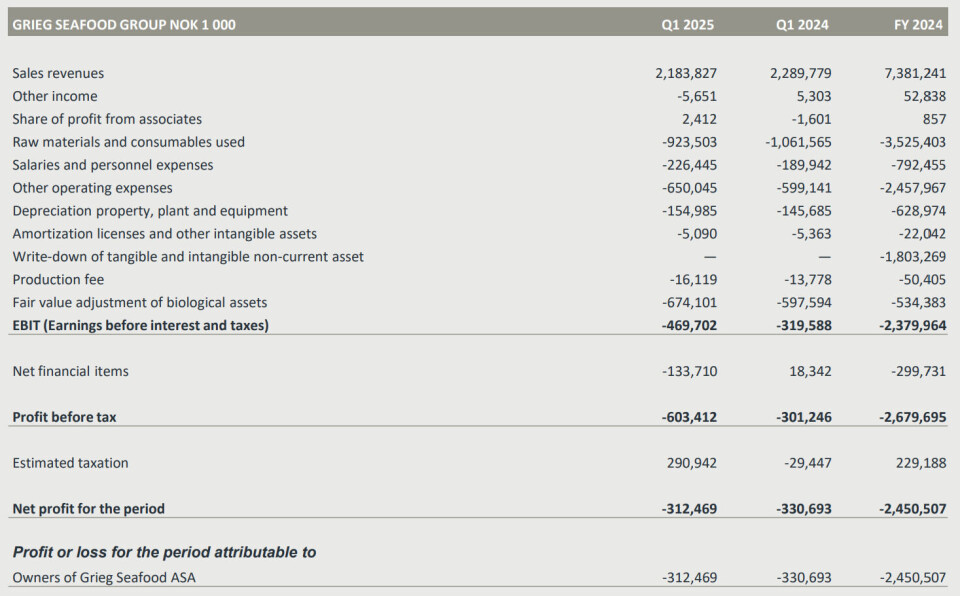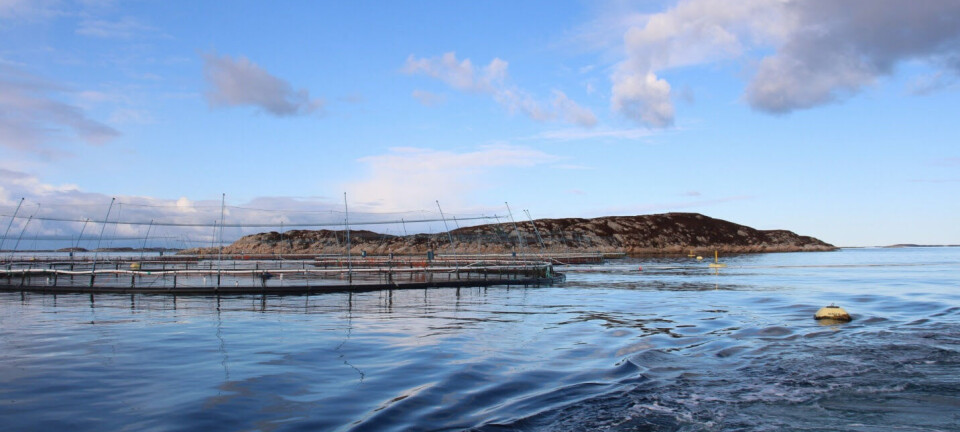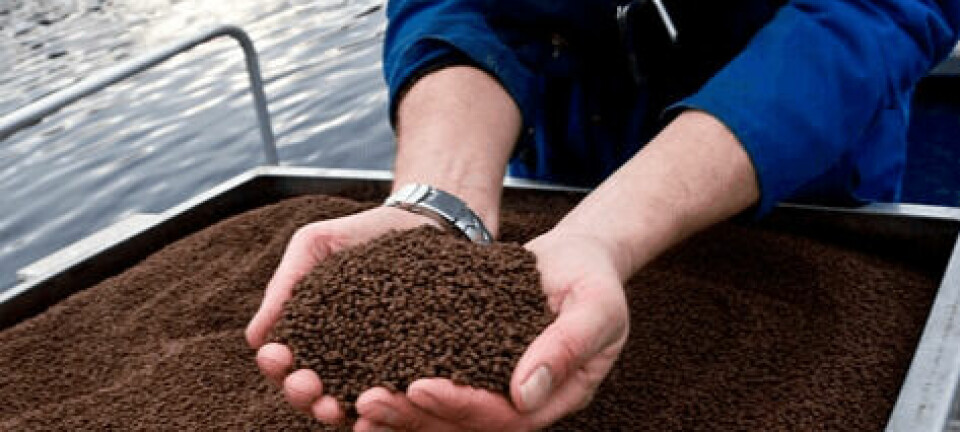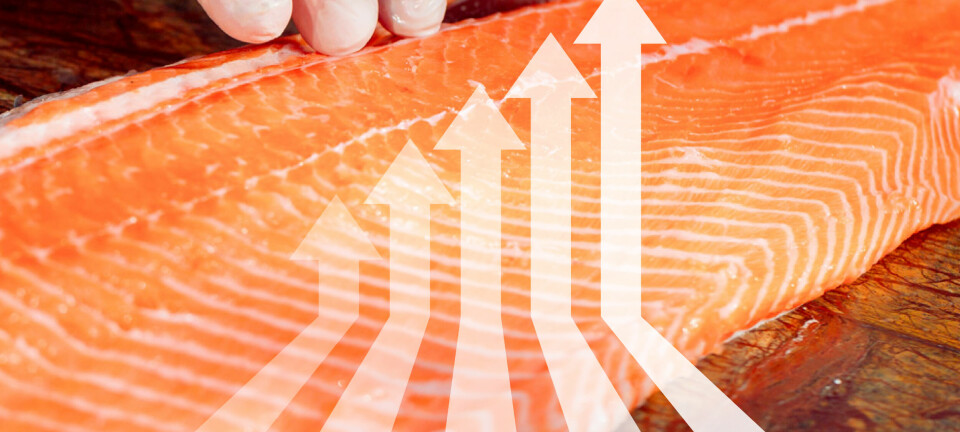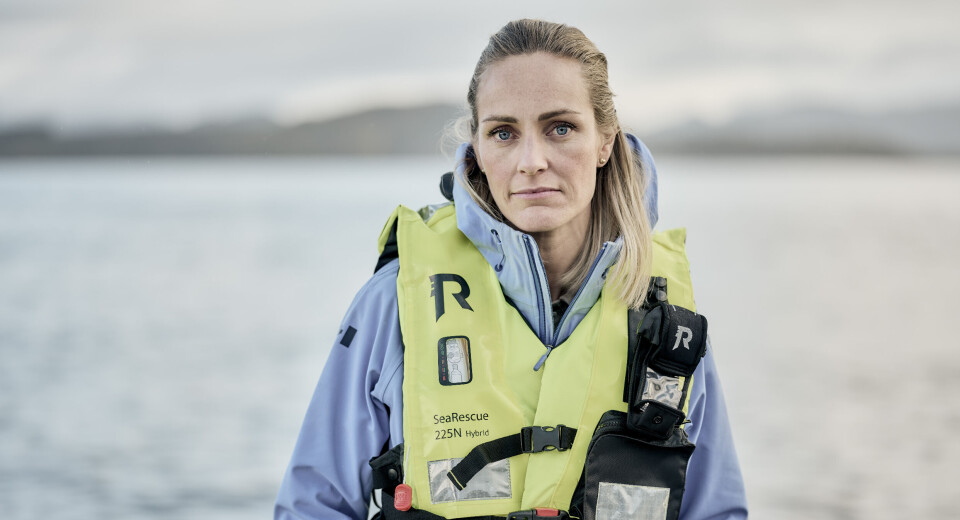
Grieg keeps a firm hold of the purse strings
Fish farmer seeks 'a continuously cost-conscious mentality throughout the organisation'
Cash-strapped salmon farmer Grieg Seafood will continue tightening its belt and redirecting money to key projects in Norway, it said in its report for the first quarter of 2025.
Interim chief executive Nina Willumsen Grieg wrote that Grieg Seafood entered 2025 with a clear and disciplined agenda to improve operational efficiency, restore profitability, and strengthen its financial foundation.
“I am pleased to report that in the first quarter, we made progress with several key initiatives that support these objectives,” wrote Nina Grieg.
These include pausing the expansion of a post-smolt facility in Newfoundland, although this incurred a one-off cost of NOK 48 million (CAD 6.52m / £3.5m).
Grieg Seafood also completed a NOK 2 billion hybrid bond placement, providing flexibility ahead of the refinancing of a green bond maturing in June, and is progressing with the sale and leaseback of a post-smolt facility in Finnmark.
“These measures have reduced net interest-bearing debt by NOK 1.65bn and improved liquidity by NOK 1.2bn before financing costs and the green bond repayment. These steps are critical to securing a solid financial footing while enabling strategic flexibility,” wrote Nina Grieg.
Cost reductions
In its report, the company wrote that since launching an improvement programme two years ago, it had identified several short- and long-term cost reductions and cost-saving initiatives.
“We have acted upon these initiatives which will see us reach our goal of NOK 150m and more, where initiatives will continue to have effect throughout 2025,” said the company.
“But we believe we can set the bar even higher. Currently we are defining a revised structure for the ongoing programme, and its decided continuance until 2027. We are strengthening the focus on the importance of initiatives, and how they are viewed throughout the organisation. Most importantly how these can be utilised even further to set a continuously cost-conscious mentality throughout the organisation, while remaining uncompromising regarding the quality of our operations.”
Caution in Canada
Grieg Seafood is spending no more than it must in Canada, where it has operations in British Columbia and in Newfoundland, where it has exclusive access to Placentia Bay. This is partly due to a shortage of money, and partly to the federal government’s decision to transition from open net pen salmon farming in BC by mid-2029. Grieg Seafood is hoping new Prime Minister Mark Carney, who is widely regarded as more business-focused than predecessor Justin Trudeau, will change course.
“The election platform released by the Liberal Party under his leadership included a recognition of the importance of aquaculture to the Canadian economy and expressed an intent to advance the sector. We will continue our constructive dialogue with the Canadian Government regarding the transition plan,” wrote Grieg.
Payback from post-smolts
Grieg’s total investments are estimated to NOK 950m this year, of which NOK 450m are related to post-smolt expansion in Finnmark and NOK 300m relates to maintenance investments. The estimate includes the secondary processing facility at Oslo’s Gardermoen.
“Our experience with post-smolt in Rogaland indicates that less time in the sea reduces both the risk of and impact from biological challenges such as sea lice, winter ulcers and ISA. Although our post-smolt strategy increases investment expenditures and smolt costs, we are enabling a continued post-smolt strategy through our ongoing financial restructuring. We maintain our view on the long-term benefits, as currently being proven in Rogaland,” wrote Grieg Seafood.
